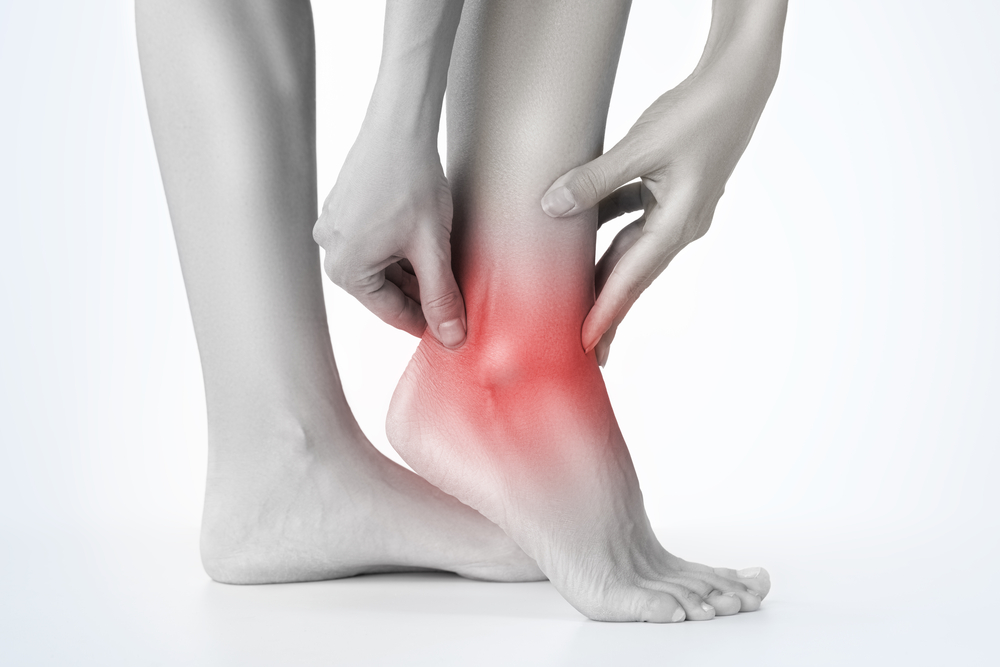DIAGNOSIS
Your doctor would start by asking about your ankle (what you were doing when the symptoms started) and the origin of the pain; if it were from running, playing a sport, or things of that sort, your doctor might inquire.
The doctor will check at the foot and then lets you proceed with a physical exam. X-rays can also be required by the doctor to see whether a sprain or fracture is the pain source. In some instances, fluid can be obtained from the ankle joint to test for infection or other underlying health conditions.
TREATMENT
Self-care measures can ease ankle pain. The RICE method is recommended for immediate at-home treatment:
- Rest: Keep as much weight off the ankle as possible. Take a break from the usual activities that you do.
- Ice: For 15 to 20 minutes, put an ice pack on your ankle, three times a day.
- Compression: To minimize swelling, place a compression bandage.
- Elevation: To effectively reduce swelling, raise your foot above the level of your heart.
You can also take over-the-counter drugs to relieve pain and swelling:
Gentle exercises can also help reduce swelling and speed up the recovery of your ankle. You can do so by gently flexing your ankle up and down.
Other ways to manage pain:
- Use topical pain relievers.
- Take NSAIDs to alleviate pain.
- Do moderate exercises by following a fitness program, get professionally coached.
- Eat healthy food
- Keep your weight within a healthy range to help minimize the stress on your ankle.
If lifestyle modifications and over-the-counter treatments won’t work, you may need to seek other treatment options.
- Orthopedic shoe insert/ankle brace: They can be inserted non-surgically to aid in your joints’ realignment. They also support your body by redistributing body weight, keeping the discomfort at bay.
- Steroid injections: They contain a corticosteroid, which can reduce pain, swelling, and stiffness.
- Physical therapy: Physical therapy is essential to retrain your ankles and prevent recurrent injuries. Your doctor or physical therapist may ask you to start an exercise program focused on restoring your ankle’s strength, flexibility, and stability.
Surgery: Rarely, surgery is mostly performed when there is a ligament that won’t heal, or there is a need to reconstruct a ligament with a tissue.


